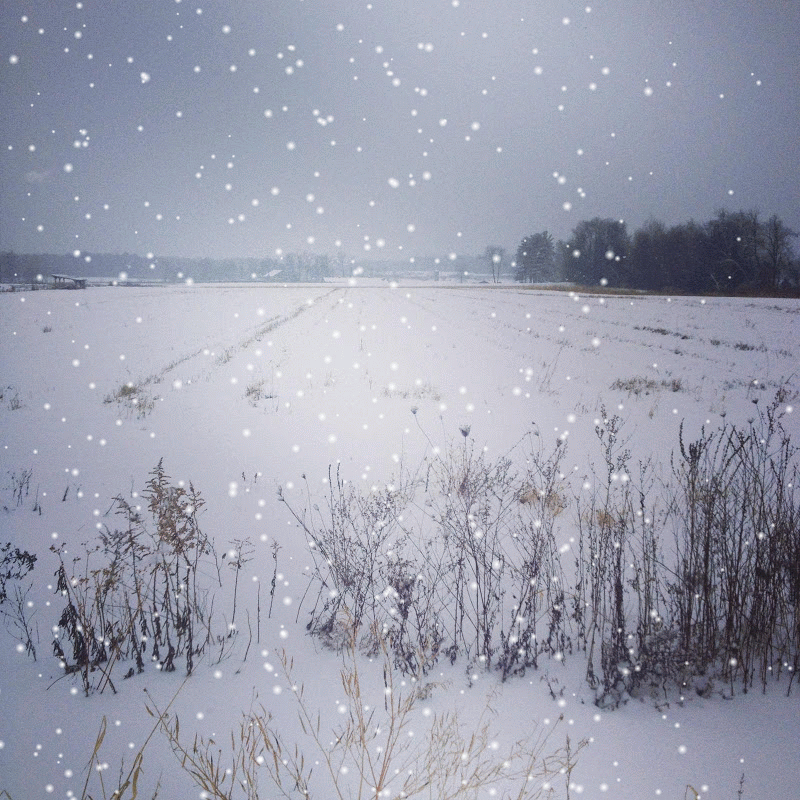Moss
When I think of green and St. Patty’s Day, for some reason, in addition to thinking of four- leaf clovers, I also think of moss. I’m not really sure why, but I do. Perhaps it is because moss is very versatile in both the indoor and outdoor landscapes.
Moss is a Bryophyte. A Bryophyte is a unique type of plant in that it has no true roots. While moss is planted in the soil (preferably acidic soil), it obtains most of its nutrients from the air. Some types of mosses are also found growing on rocks. Moss lacks a lignified vascular system, therefore water and nutrients are transferred by osmosis or capillary action. Capillary action is important for moving water (and all of the things that are dissolved in it) around. It is defined as the movement of water within the spaces of a porous material due to the forces of adhesion, cohesion, and surface tension. (http://ga.water.usgs.gov/edu/capillaryaction.html ). Moss leaves are small and thin and moss enjoys shade for the most part, although there are some species that require some sunlight. You can find moss in different shades from light to dark green and some with a silvery cast. Mosses bear no flowers and therefore bear no seeds, fruit or cones. There are some 12,000 species of moss in the world.
Mosses can be used in a variety of ways. For instance, outdoors, it can be used as an evergreen and even in place of a lawn if you have the environment. You can use it to cover statues, for pathways, rock gardens, water gardens, Japanese gardens, shady slopes and in naturalized areas. Indoors, it is great in terrariums.Moss, once established, is pretty much maintenance free…no mowing or weeding required. Once established, it should not need watering, or at least not frequently. If it suffers through drought and high temperatures, usually a summer shower is enough to bring it back to life although it does prefer to be in a high moisture area. In a terrarium, the moisture that re-circulates inside is enough. Moss is also an evergreen, keeping a nice dark green color over the winter months.
Years ago, traditional uses of mosses included being use as bedding by Laplanders, basketry, bedding, wound dressing and diapers by North American tribal people, insulation in boots and mittens, filling in gaps in wooden longhouses by the Northeastern U.S. Indian tribes, and by the Pacific Northwest tribes to clean salmon prior to drying.In today’s culture, commercial uses are mainly for the florist trade and for home decoration. Decaying moss in the genus Sphagnum is a major component of peat moss, which is used as a fuel, as a horticultural soil additive (we make our own growing medium from peat moss), and also to manufacture Scotch whisky! Some types of mosses are used in science to improve crops and human health and also in the manufacture of bio-pharmaceuticals.
So as you can see, moss lends itself to many different uses in our lives. It is used in indoor and outdoor landscaping in many different ways and also was very useful in many older cultures in addition to today’s uses. 



Comments
Post a Comment
Thank you for your comment! We appreciate them all and will publish your comment shortly. Thanks for visiting!